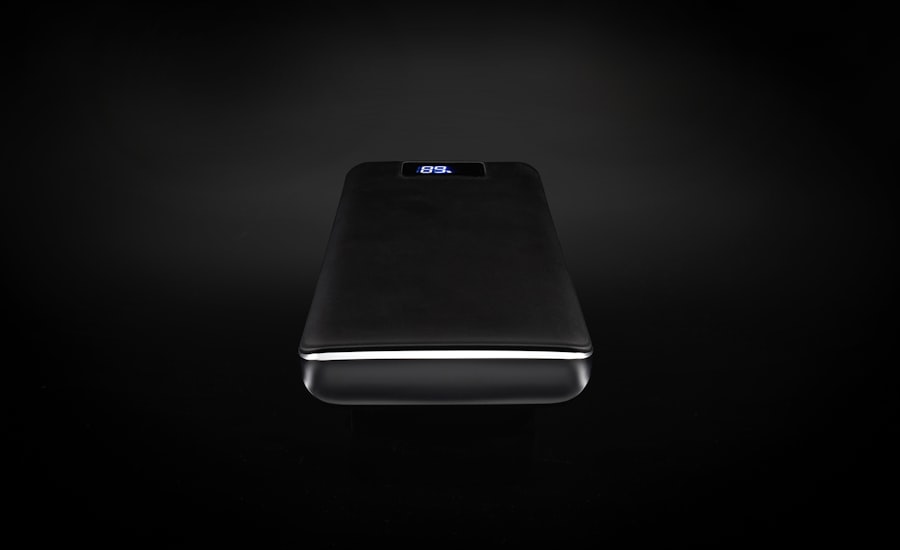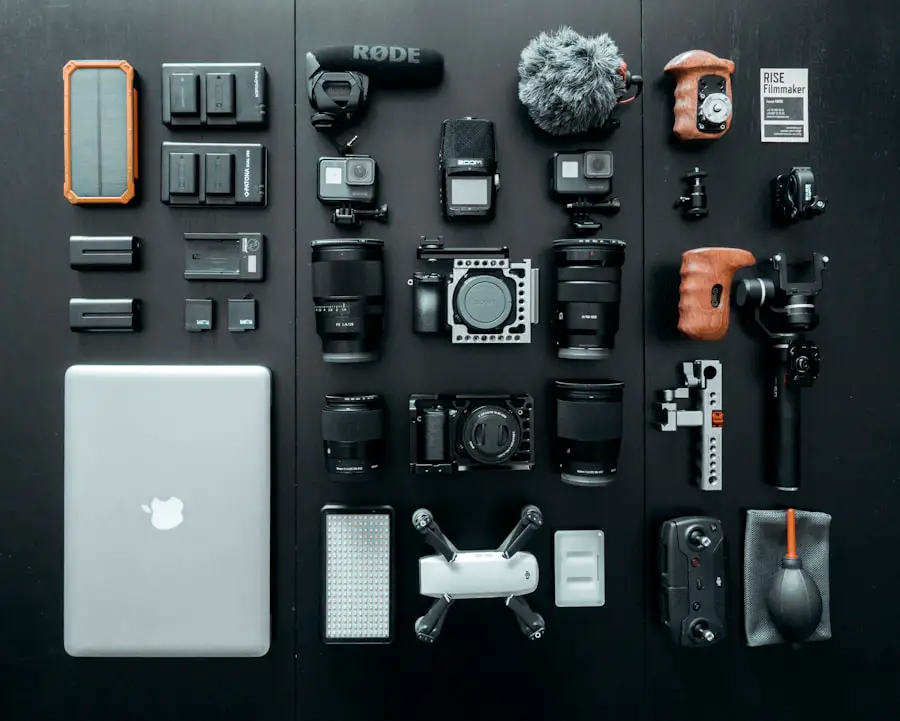Charging a MacBook is a fundamental aspect of its usability, ensuring that users can rely on their devices for productivity, entertainment, and communication. Apple’s MacBook lineup, which includes the MacBook Air and MacBook Pro, is designed with advanced battery technology that optimizes performance and longevity. Understanding how to effectively charge your MacBook not only enhances its lifespan but also ensures that you can maximize its capabilities without interruptions.
The charging process involves several components, including the power adapter, the charging port, and the internal battery management system, all of which work in concert to provide a seamless user experience. The charging mechanism in a MacBook is sophisticated, utilizing a combination of hardware and software to manage power efficiently. When you connect your MacBook to a power source, the device begins to draw power from the adapter, converting it into a form that can be stored in the battery.
This process is monitored by the system, which regulates the flow of electricity to prevent overheating and overcharging. As users become more familiar with their devices, understanding the intricacies of charging can lead to better maintenance practices and improved performance over time.
Key Takeaways
- MacBook charging is an essential aspect of using the device and understanding the charging process is important for optimal performance.
- The charging indicator on a MacBook provides valuable information about the current charging status and can help users monitor the battery level.
- Checking the battery percentage regularly can help users gauge the remaining battery life and plan their usage accordingly.
- Using the System Information tool on a MacBook can provide detailed insights into the charging process and battery health.
- Troubleshooting charging issues, such as slow charging or failure to charge, can help users identify and resolve common problems with MacBook charging.
Understanding the Charging Indicator
Visual Cues for Charging Status
When connected to a power source, the icon typically displays a lightning bolt symbol, indicating that the device is charging. Conversely, when the battery is running low, the icon may change to reflect a warning status, prompting users to connect their device to a charger.
Notifications for Critical Battery Levels
In addition to visual cues, macOS provides notifications that inform users about their battery status. For instance, when the battery reaches a critical level, a pop-up notification will appear, urging users to plug in their device.
Effective Battery Management
This feature is particularly useful for those who may be engrossed in work or entertainment and might overlook the gradual depletion of battery life. Understanding these indicators can help users manage their charging habits more effectively, ensuring that they are always prepared for extended use without unexpected interruptions.
Checking the Battery Percentage

Monitoring the battery percentage on a MacBook is essential for effective power management. Users can easily check their battery status by clicking on the battery icon in the menu bar. This action reveals a drop-down menu displaying the current percentage of battery life remaining, along with options for energy-saving settings.
Keeping an eye on this percentage allows users to plan their activities accordingly, especially when they are away from a power source for an extended period. In addition to checking the battery percentage through the menu bar, macOS offers various tools for more detailed insights into battery health and usage patterns. By navigating to “System Preferences” and selecting “Battery,” users can access information about their battery’s condition and usage history.
This feature provides valuable data on how applications impact battery life, enabling users to make informed decisions about which programs to run while on battery power. Understanding these metrics can significantly enhance a user’s ability to manage their device’s energy consumption effectively.
Using System Information to Monitor Charging
| System Information | Metrics |
|---|---|
| Battery Level | Percentage of battery charge remaining |
| Charging Status | Indicates if the device is currently charging |
| Charging Source | Identifies the power source used for charging (e.g. AC adapter, USB) |
| Charging Rate | Rate at which the battery is charging (e.g. fast charging, normal charging) |
| Temperature | Battery temperature during charging |
For those who seek deeper insights into their MacBook’s charging system, macOS includes a built-in utility called System Information. This tool provides comprehensive details about various hardware components, including the battery and charging status. To access System Information, users can hold down the Option key while clicking on the Apple menu and selecting “System Information.” From there, navigating to the “Power” section reveals critical information about the battery’s health, cycle count, and current charge status.
The data presented in System Information can be particularly useful for diagnosing potential issues with charging or battery performance. For example, users can view the cycle count, which indicates how many complete charge cycles the battery has undergone. A higher cycle count may suggest that the battery is aging and may need replacement soon.
Additionally, System Information displays whether the battery is functioning optimally or if it requires service. This level of detail empowers users to take proactive measures in maintaining their MacBook’s performance and longevity.
Troubleshooting Charging Issues
Despite the robust design of MacBooks, users may occasionally encounter charging issues that can disrupt their workflow. Common problems include slow charging, failure to charge altogether, or erratic behavior of the charging indicator. When faced with such challenges, it is essential to approach troubleshooting methodically.
The first step is to ensure that all connections are secure; this includes checking both ends of the charging cable and ensuring that the power adapter is plugged into a functioning outlet. If connections are secure but charging issues persist, users should consider resetting the System Management Controller (SMC). The SMC is responsible for managing power-related functions on Intel-based MacBooks.
Resetting it can resolve various issues related to power management, including charging problems. The process varies depending on whether your MacBook has a removable battery or not; however, it generally involves shutting down the device and holding specific keys during startup. Following this reset procedure can often restore normal charging functionality.
Using a Different Charger or Power Outlet

When troubleshooting charging issues on a MacBook, one effective strategy is to test with a different charger or power outlet. Sometimes, the problem may lie not with the device itself but with the charger or outlet being used. If possible, try using another compatible charger to see if it resolves the issue.
This step can help determine whether the original charger is faulty or if there are other underlying problems with the MacBook. Additionally, testing different power outlets can also yield insights into potential issues. Sometimes outlets may not provide adequate power due to tripped circuit breakers or other electrical problems.
By plugging into an alternative outlet—preferably one known to be functional—users can rule out outlet-related issues as a cause of their charging problems. This simple yet effective approach can save time and frustration when diagnosing charging difficulties.
Checking for Physical Damage
Physical damage to either the charger or the MacBook itself can significantly impact charging performance. Users should conduct a thorough inspection of both components for any signs of wear or damage. For instance, frayed cables or bent connectors on the charger can prevent proper electrical flow and lead to intermittent charging issues.
Similarly, examining the MagSafe or USB-C port on the MacBook for debris or physical damage is crucial; any obstruction can hinder connectivity and affect charging efficiency. If physical damage is suspected but not immediately visible, users may want to perform additional tests by gently wiggling cables or inspecting connections while monitoring for any changes in charging behavior. In some cases, even minor damage can lead to significant performance issues over time.
Addressing these concerns promptly—whether through repair or replacement—can help maintain optimal functionality and prevent further complications down the line.
Seeking Professional Help
When all troubleshooting efforts fail to resolve charging issues on a MacBook, seeking professional help may be necessary. Apple’s support team and authorized service providers have access to specialized tools and diagnostic software that can identify underlying problems that may not be apparent through standard troubleshooting methods. These professionals are trained to handle various issues related to MacBooks and can provide tailored solutions based on individual circumstances.
Before visiting an Apple Store or authorized service provider, it’s advisable for users to back up their data if possible. While most repairs are straightforward, there’s always a risk of data loss during hardware repairs or replacements. By ensuring that important files are backed up—either through Time Machine or cloud storage—users can safeguard their information while seeking professional assistance for their charging issues.
Ultimately, leveraging expert knowledge can lead to effective resolutions and restore confidence in your MacBook’s performance.
If you are wondering how to determine if your MacBook is charging properly, you may find the article “How to Fix MacBook Not Charging Issue” helpful. This article provides tips and troubleshooting steps to ensure your MacBook is charging correctly. You can read more about it here.
FAQs
How can I tell if my MacBook is charging?
To check if your MacBook is charging, look at the battery icon in the menu bar. If you see a lightning bolt symbol next to the battery icon, it means your MacBook is currently charging.
What are some other ways to check if my MacBook is charging?
You can also check if your MacBook is charging by clicking on the battery icon in the menu bar. This will show you the current battery percentage and whether it is charging or not.
What should I do if my MacBook is not charging?
If your MacBook is not charging, try using a different power adapter and cable to see if the issue is with the charger. You can also try resetting the SMC (System Management Controller) on your MacBook, as this can sometimes resolve charging issues.
Can I use a different charger to charge my MacBook?
It is recommended to use the charger that came with your MacBook, as using a different charger may not provide the correct amount of power and could potentially damage your MacBook.
How long does it take to fully charge a MacBook?
The time it takes to fully charge a MacBook can vary depending on the model and battery capacity. On average, it can take anywhere from 2 to 4 hours to fully charge a MacBook.
